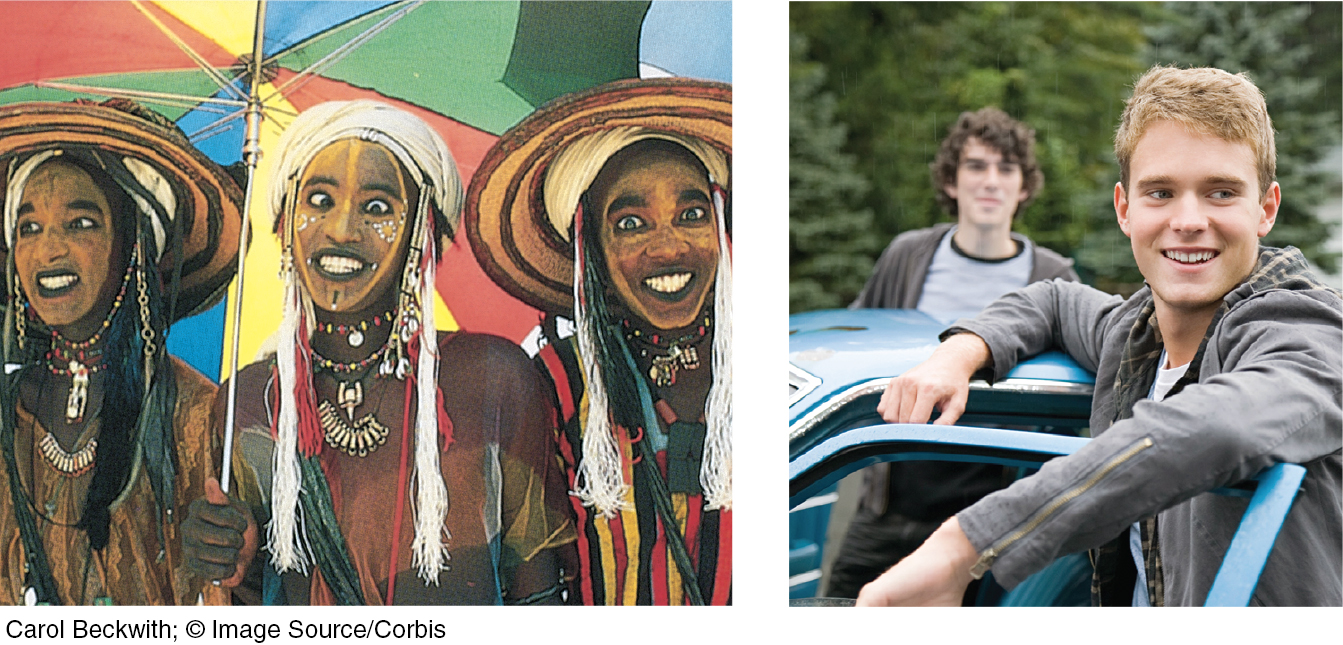Module 40. Basic Concepts of Psychological Disorders
528
40-
Most of us would agree that a family member who is depressed and isolated for three months has a psychological disorder. But what should we say about a grieving father who can’t resume his usual social activities three months after his child has died? Where do we draw the line between clinical depression and understandable grief? Between bizarre irrationality and zany creativity? Between abnormality and normality? In their search for answers, theorists and clinicians ask:
How should we define psychological disorders?
How should we understand disorders? How do underlying biological factors contribute to disorder? How do troubling environments influence our well-
being? And how do these effects of nature and nurture interact? How should we classify psychological disorders? And can we do so in a way that allows us to help people without stigmatizing or labeling them?
What do we know about rates of psychological disorders? How many people have them? Who is vulnerable, and when?
“Who in the rainbow can draw the line where the violet tint ends and the orange tint begins? Distinctly we see the difference of the colors, but where exactly does the one first blendingly enter into the other? So with sanity and insanity.”
Herman Melville, Billy Budd, Sailor, 1924
psychological disorder a syndrome marked by a clinically significant disturbance in an individual’s cognition, emotion regulation, or behavior.
A psychological disorder is a syndrome (a symptom collection) marked by a “clinically significant disturbance in an individual’s cognition, emotion regulation, or behavior” (American Psychiatric Association, 2013). Such thoughts, emotions, or behaviors are dysfunctional or maladaptive—
Distress often accompanies dysfunctional behaviors. Marc, Greta, and Stuart were all distressed by their behaviors or emotions.
Over time, definitions of what makes for a “significant disturbance” have varied. In 1973, the American Psychiatric Association dropped homosexuality as a disorder after mental health workers came to consider same-

529
RETRIEVE IT
Question
A lawyer is distressed by feeling the need to wash his hands 100 times a day. He has no time left to meet with clients, and his colleagues are wondering about his competence. His behavior would probably be labeled disordered, because it is CObMLklZ77WuyOm9oMu1/SoVDpp0yxtt6FfPEli/zww=
—that is, it interferes with his day-